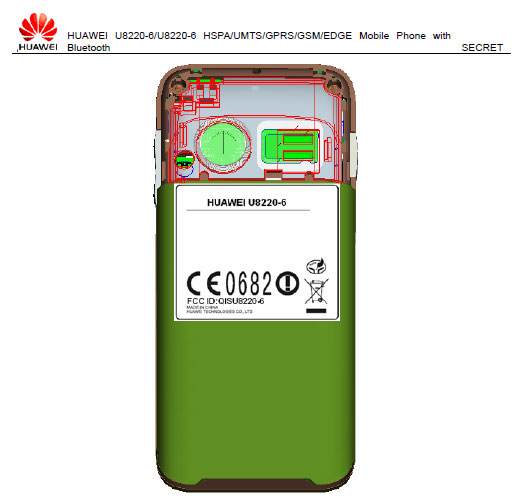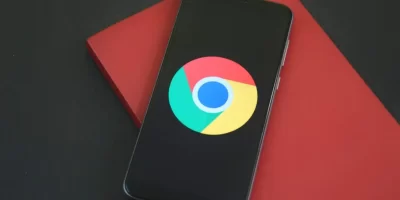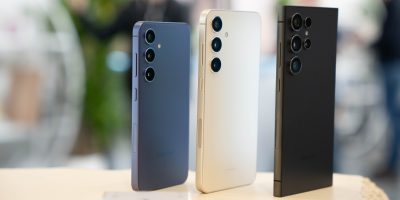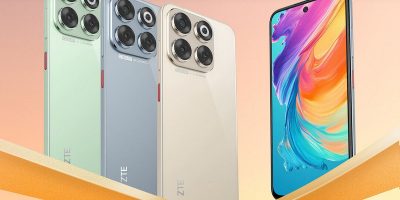The T-Mobile Pulse is currently available in some parts of the world, but those parts don’t include the United States and Canada. And although tomorrow will see the 3rd of 4 American carriers get an Android Phone, AT&T still sits robotless and iPhoned-out. But a recent FCC filling suggests some of this might change.
You may remember that the Pulse passed the FCC way back on August 18th as the U8220 with nearly the SAME EXACT FCC ID – QISU8220. The above bad boy comes furnished with a “-6” at the end, meaning it is probably a variation for another carrier. And with the bands this seems to be packing it seems destined for Rogers in Canada and/or AT&T in the states. We’re already fairly sure AT&T won’t be getting an Android Phone this year… so the wait begins.
By they way if this WERE to launch state-side it probably wouldn’t be called the “Pulse” if it wasn’t on T-MO. If it is AT&T’s first Android Phone maybe they should call it the “Defibrillator”.
Meanwhile a Huawei spokesman was heard discussing the company’s plans to release a range of new Android phones in Europe, Asia and Latin America. They declined to share details but you can certainly expect some interesting Huawei’s in 2010, probably rebranded as carrier phones.
[Via FCC, thanks Tommy]











Obviously you haven’t been paying much attention to Canadian cell companies. It could be destined for Rogers or AT&T but Bell and Telus both have the same 3g frequencies as Rogers/AT&T now and WIND Mobile has already confirmed that they will be getting the U8220 when they launch, though they are having some trouble with the CRTC.
It’s a shame that Huawei refuse to release the source-code for any of their Android devices (and their other Linux products). Obviously they’re obliged to do so under the terms of the GPL but they’re based in China so they don’t care. But without the src-code the modding community is very limited as to what it can do with these devices.
If Huawei is not releasing their modifications to GPL’d software, then I am very surprised if someone has not officially called them on this. It’s one thing to pull this stunt in China, it’s a totally different thing to try it in Europe and/or N.A..
Quite possibly the relevant people/organizations have already been in touch with Huawei and they are all working on resolving the problem in a reasonably quiet and civilized manner. If not, I sincerely hope that Huawei feels the wrath of a million pissed of nerds.
According to the FCC docs, WCDMA bands II and V were tested. These correspond to frequencies 1900 and 850. So, the test report implies carriers AT&T, Rogers, Telus, and Bell. US T-Mobile and Wind (if it ever launches) both are band IV (AWS), so the phone is apparently not destined for them.
Having said that, the test report only seems to mention GSM 850 and 1900, which is odd as one (or at least me) would normally expect quad-band GSM, and gsmarena.com lists the T-Mobile Pulse (UK) as being quad-band.
[damn, i must really have too much time on my hands]
As far as I know, Android is Apache licensed in user space and GPL licensed in kernel space. So the source code in user space are not needed to be open sourced.
T-Mobile have the source code as required under the GPL downloadable from their web site; I have downloaded a copy successfully. This essentially appears to be the linux kernel source used as the base for the OS, not any userspace stuff, which is pretty much what you would expect.